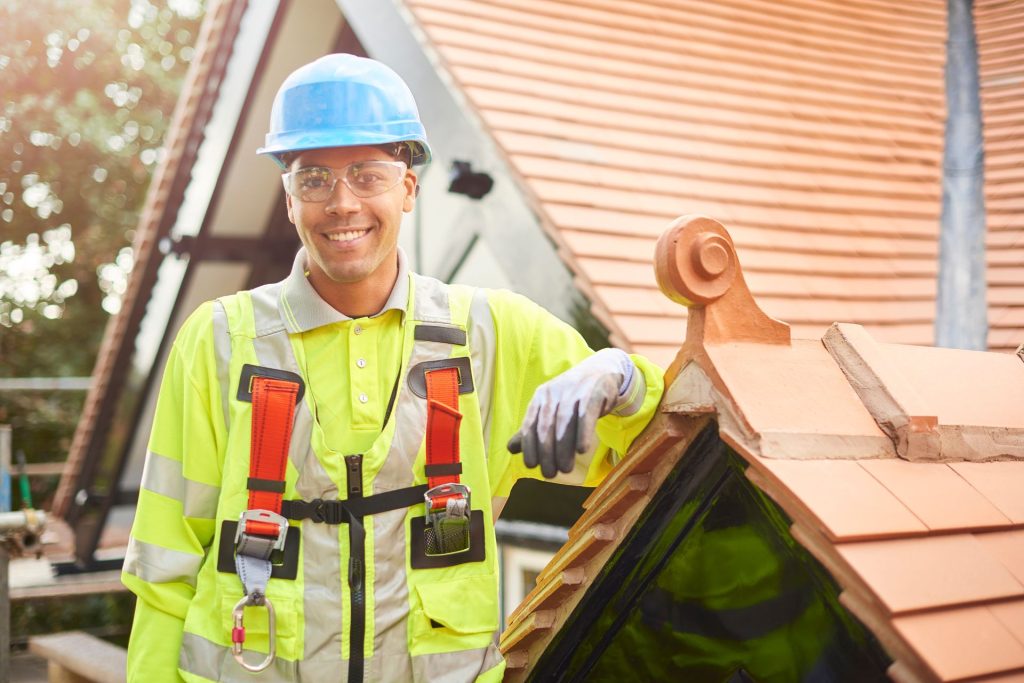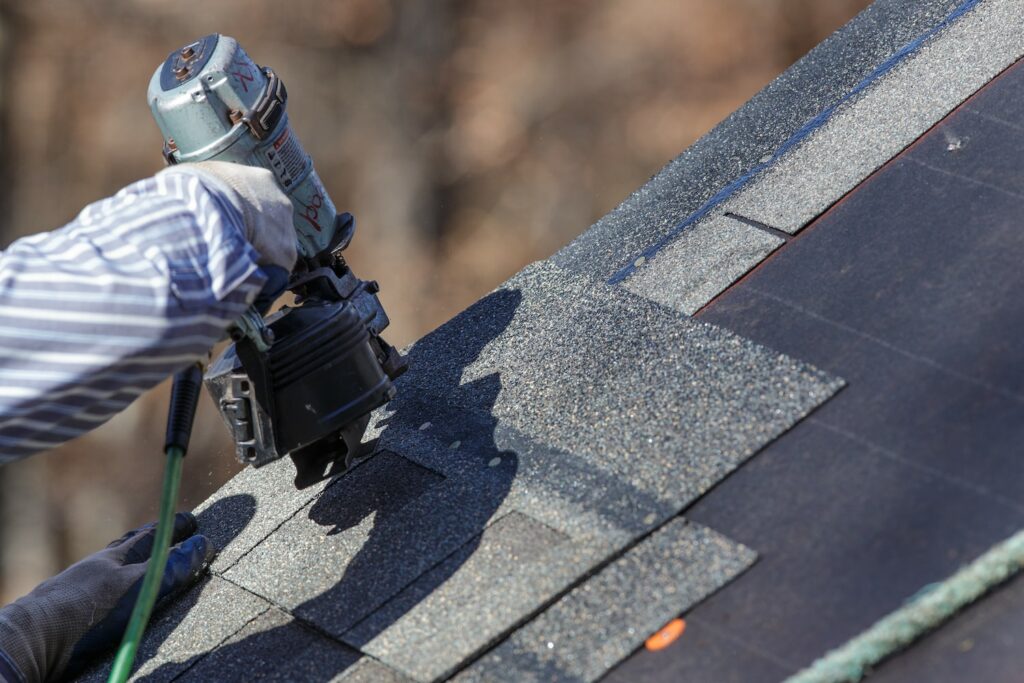Key Factors To Consider for a Successful Roof Covering Setup: Achieving Durability and Efficiency
In embarking on the journey of roofing system setup, one should prioritize essential considerations to guarantee both long life and performance. The selection of products, customized to stand up to regional climate conditions, plays a critical role in maintaining architectural stability. As we explore these aspects, it becomes evident that a successful roof installment is not just regarding covering a structure but regarding crafting a durable and sustainable solution.
Choosing the Right Products

Climate plays a critical function in material choice. In areas vulnerable to hefty rainfall or snow, materials like asphalt shingles or metal roofing with high water resistance are recommended. On the other hand, in warm environments, products with reflective properties, such as awesome roof membranes or ceramic tiles, can help in reducing power expenses by deflecting sunlight.
Budget plan considerations also influence material choice. While premium materials like slate or clay tiles provide lasting performance, they come with higher ahead of time expenses. They can verify affordable over time due to their marginal maintenance requirements and expanded life-span.
Lastly, the building style of the building need to integrate with the roof material. Traditional homes might benefit from wood roof shingles, whereas modern frameworks might decide for smooth steel surfaces. By thoroughly considering these aspects, you can select products that align with both useful and aesthetic objectives.

Comprehending Roof Style
Recognizing roof style is essential in accomplishing a well-functioning and cosmetically pleasing framework. The design of a roofing influences not only the visual charm however additionally the structural integrity and performance of the structure. An attentively designed roofing system can boost the total building style while guaranteeing effective drain, insulation, and air flow.
The pitch, or incline, figures out how effectively water and debris are dropped from the roof surface area, impacting the life expectancy of roofing materials. Gable roof coverings are prominent for their simpleness and effective water dropping, while hip roofs give extraordinary security in high wind areas.
Architectural support group, such as trusses and rafters, are essential in dispersing weight and keeping the roofing system's stability. Correct design makes sure that the roofing system can hold up against environmental tons and withstand contortion. Additionally, integrating functions like overhangs and eaves can shield the building's façade and boost power efficiency by offering color and lowering heat gain.
Ultimately, a well-considered roofing layout equilibriums create, function, and resilience, contributing to the long-lasting success of the installment.
Climate Considerations

In hot and warm environments, roof covering products must show, instead than soak up, solar heat to preserve power performance and prevent excessive thermal growth, which can cause product destruction - Keep Dry Roofing St Peters MO. Conversely, in colder regions, materials should supply ample insulation to prevent heat loss and endure freeze-thaw cycles that can trigger splitting and various other architectural problems
Moreover, the selection of shade and finish can dramatically influence a roof covering's thermal efficiency, particularly in areas with severe temperature level variants. Neighborhood building regulations commonly use support on appropriate materials and styles, reflecting regional environment concerns. Therefore, a thorough understanding of weather problems is vital for choosing materials and designs that make certain a roof covering's ideal performance over its lifespan.
Installation Best Practices
Reliable roofing system installment is a vital part of ensuring long-lasting durability and performance. Utilizing high-quality shingles, underlayment, and blinking tailored to the particular environment and structure design will improve the roof covering's resilience.
Equally crucial is the prep work of the roof deck. Guaranteeing that the deck is clean, completely dry, and structurally audio prior to installation avoids issues such as leakages and early wear. Correct air flow is another crucial consideration, as it reduces wetness accumulation and thermal tension, consequently lengthening the roof covering's life-span.
Accuracy in dimension and placement throughout the installment procedure is critical. This involves accurate positioning of tiles and meticulous attention to overlapping, which avoids water ingress. Employing professional, knowledgeable labor ensures these standards are fulfilled, lowering the threat of mistakes that might jeopardize the roofing system's effectiveness.
Energy Efficiency Strategies
Enhancing a roof's power effectiveness is a calculated consideration for reducing power expenses and environmental impact. By picking proper materials and technologies, homeowners and builders can check my reference dramatically enhance the thermal performance of a roof, hence lessening energy intake. One of the primary methods includes using reflective roof covering materials, which disperse more sunlight and soak up less warmth. This can cause a substantial decrease in cooling prices, especially in warmer environments.
Additionally, the unification of adequate insulation is important in preventing warm transfer in between the exterior and interior of a structure. Insulation products with high R-values, such as spray foam or rigid foam boards, are efficient in keeping a consistent indoor temperature level, therefore enhancing HVAC system performance.
Additionally, the integration of photovoltaic panels on roofs not just generates renewable energy however can also provide shade, additional decreasing warmth gain (Keep Dry Roofing St Peters MO). Innovations like cool roofs, which make use of coatings to reflect even Learn More more sunshine, are additionally gaining appeal for their capacity to decrease roofing system temperatures
Conclusion
To conclude, accomplishing an effective roof covering setup requires an extensive technique that integrates the option of high-quality products tailored to certain climatic problems, thoughtful design considerations for optimum drainage and structural integrity, and adherence to meticulous setup techniques. These aspects jointly make certain the avoidance of wetness buildup and thermal tension, thus improving the roof's durability and efficiency. Integrating approaches to enhance power efficiency further adds to reducing upkeep requirements and decreasing energy intake over the roof's Look At This lifespan.